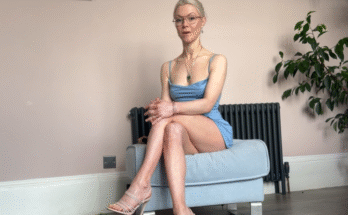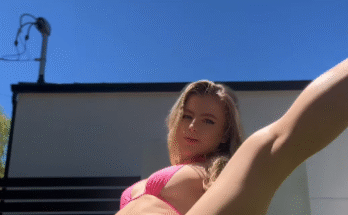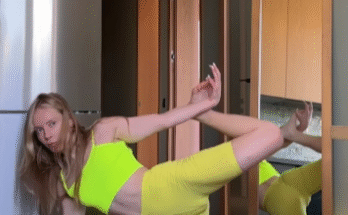One-Legged Chin Stand & Crooked Monkey Poses Yoga Flow | Full Body Stretch | Meditation Music
Yoga is a profound practice that brings both physical and mental benefits, allowing individuals to develop strength, flexibility, balance, and mindfulness. Among the vast array of yoga poses, some require more advanced skill and focus, such as the One-Legged Chin Stand (Eka Pada Sarvangasana) and Crooked Monkey Pose (Vamadevasana). These poses not only challenge your body but also deepen your connection to the present moment, cultivating a sense of inner peace and tranquility. In this article, we’ll explore a yoga flow that incorporates these two challenging poses, designed to engage the entire body and promote flexibility and balance. Along with this flow, we will consider the power of meditation music in enhancing the practice.
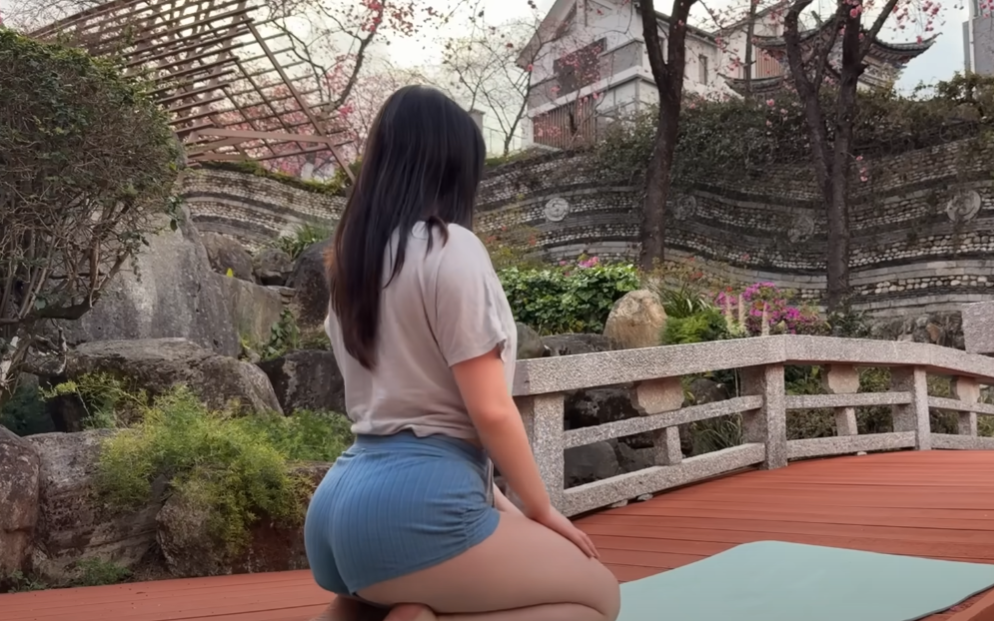
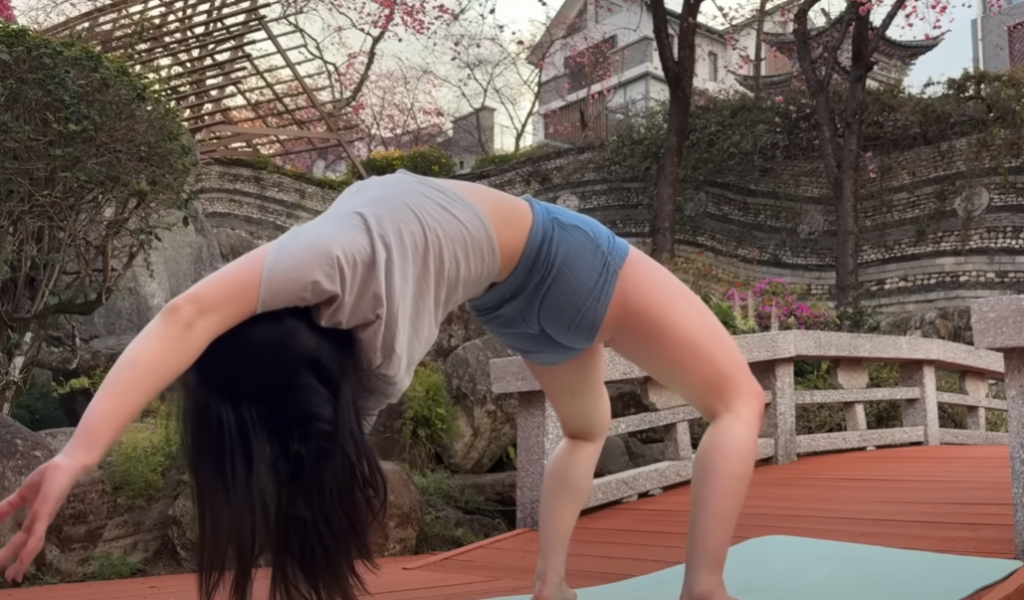
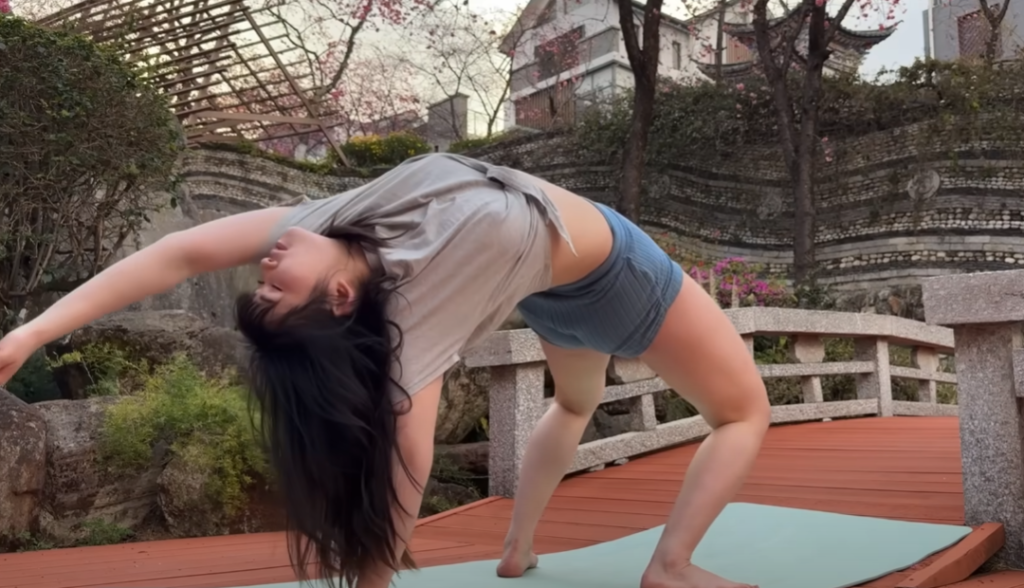
The Importance of Full Body Stretching
A well-rounded yoga practice incorporates both strength and flexibility. Full-body stretches are crucial for releasing tension in the muscles, improving posture, and increasing the range of motion in the joints. When combined with breathwork, these stretches can also help to calm the nervous system, promote relaxation, and increase mindfulness.
As you progress through this yoga flow, remember to listen to your body and practice with patience. Full-body stretches, like the ones featured in this flow, promote the release of stored emotions and tension. The flow will gradually increase in intensity, allowing you to deepen into each pose with greater awareness and comfort.
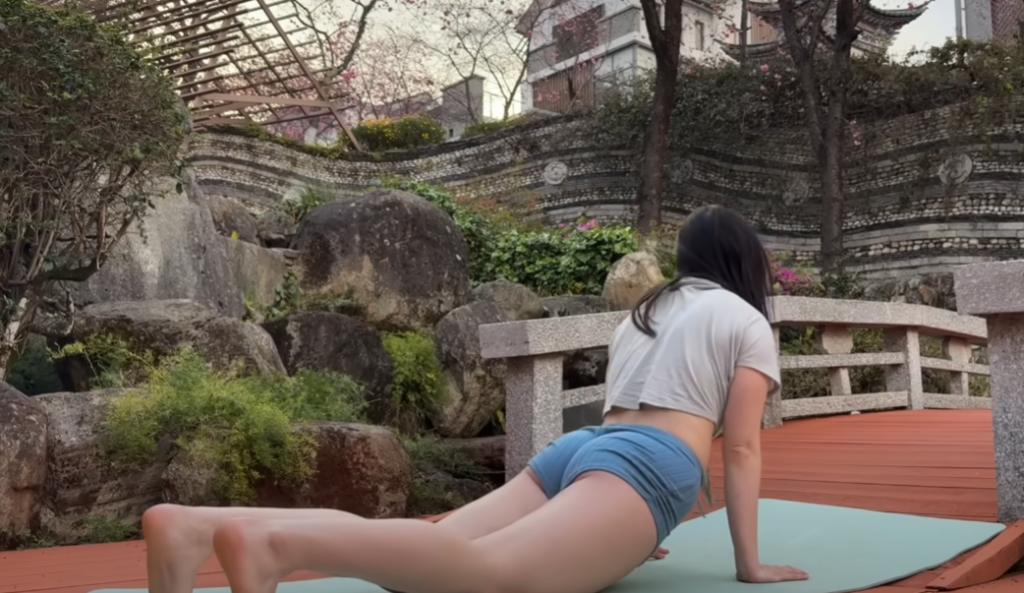
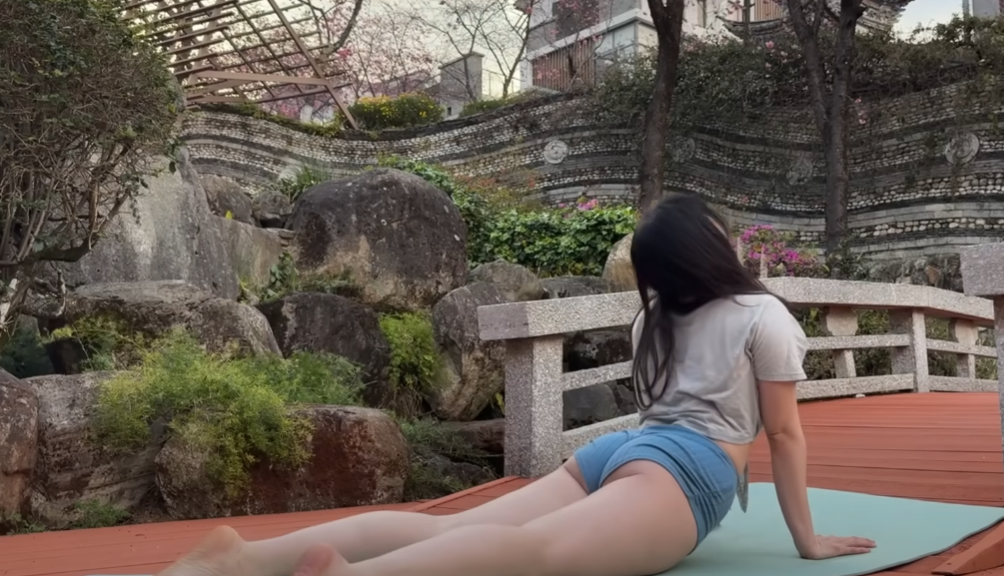
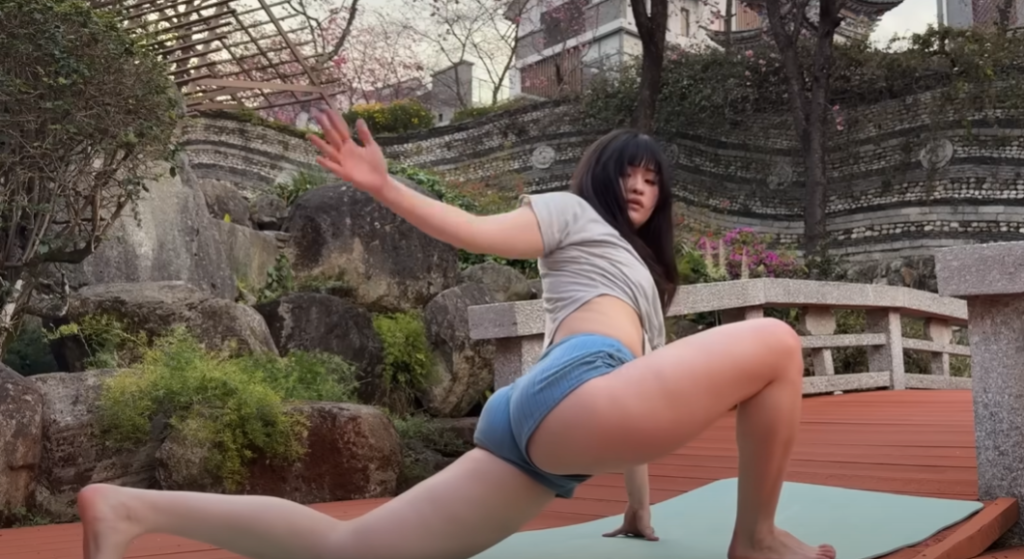
Starting with a Gentle Warm-Up
Before diving into the One-Legged Chin Stand and Crooked Monkey Poses, it’s essential to prepare your body with a gentle warm-up. This will allow your muscles and joints to open up, reducing the risk of injury and setting the foundation for a safe and enjoyable practice.
Start in a comfortable seated position, closing your eyes to begin connecting to your breath. Take several deep, slow breaths, inhaling through the nose and exhaling through the mouth. Let go of any distractions and allow yourself to become fully present in this moment.
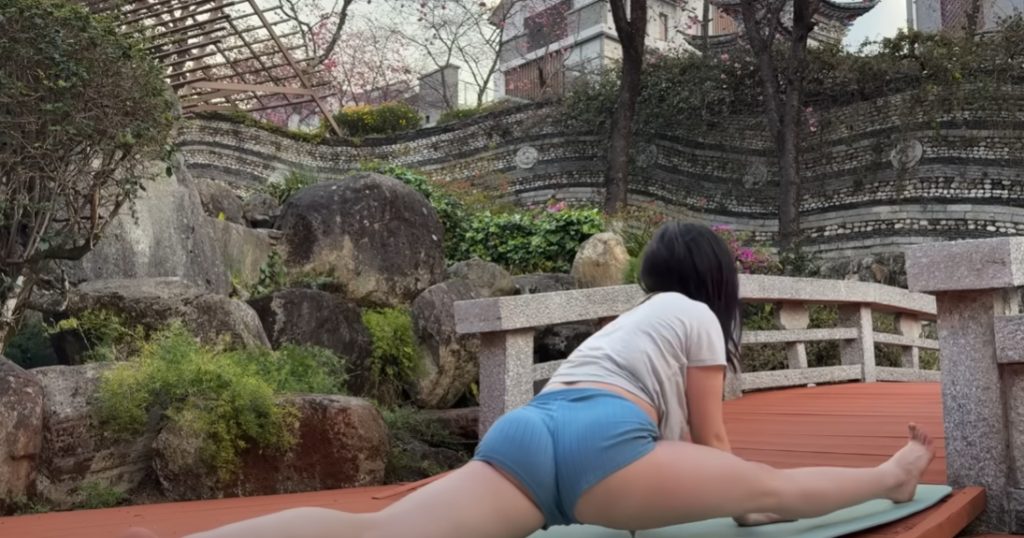
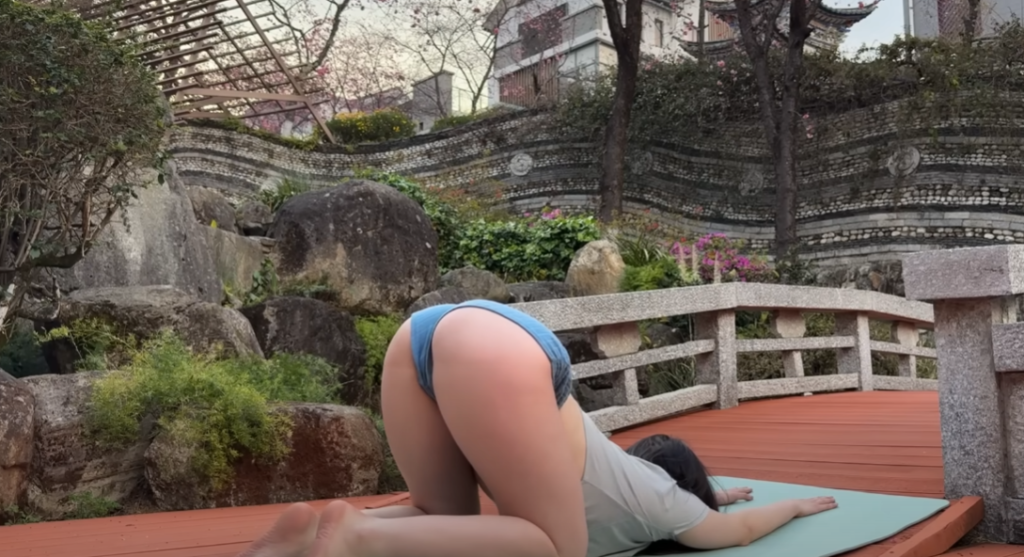
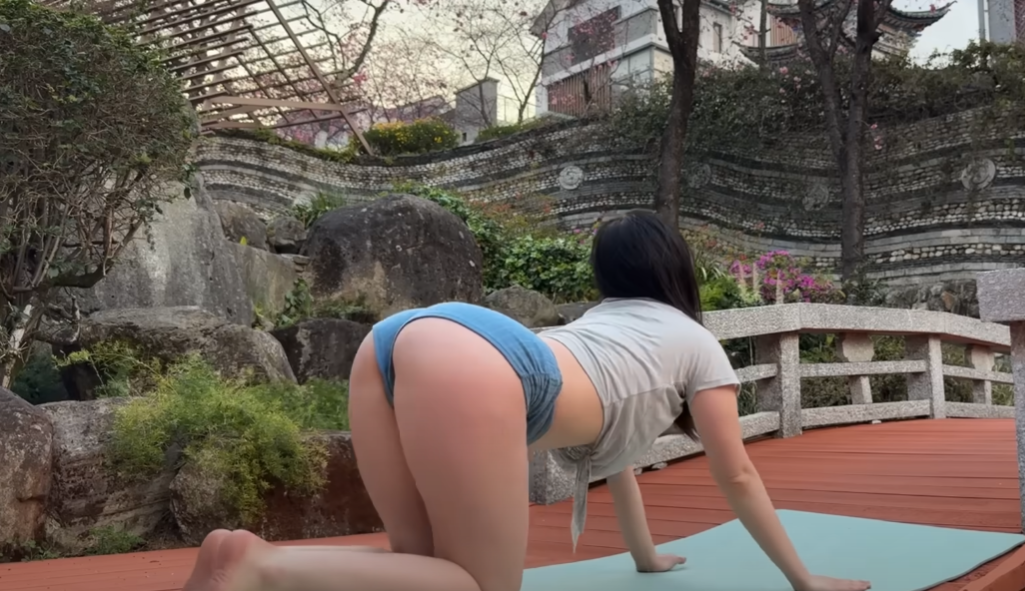
From the seated position, move into a few rounds of Cat-Cow stretches. On an inhale, arch your back, lifting your chest and tailbone toward the ceiling. On the exhale, round your spine, tucking the chin toward the chest and drawing the belly button toward the spine. Continue to flow with the breath, gently warming up the spine and shoulders.
Next, come into a Downward-Facing Dog (Adho Mukha Svanasana) to stretch the hamstrings, calves, and spine. Pedal your feet to gradually release tension in the legs, and focus on lengthening the spine with each breath. This will create space for the more advanced poses to come.
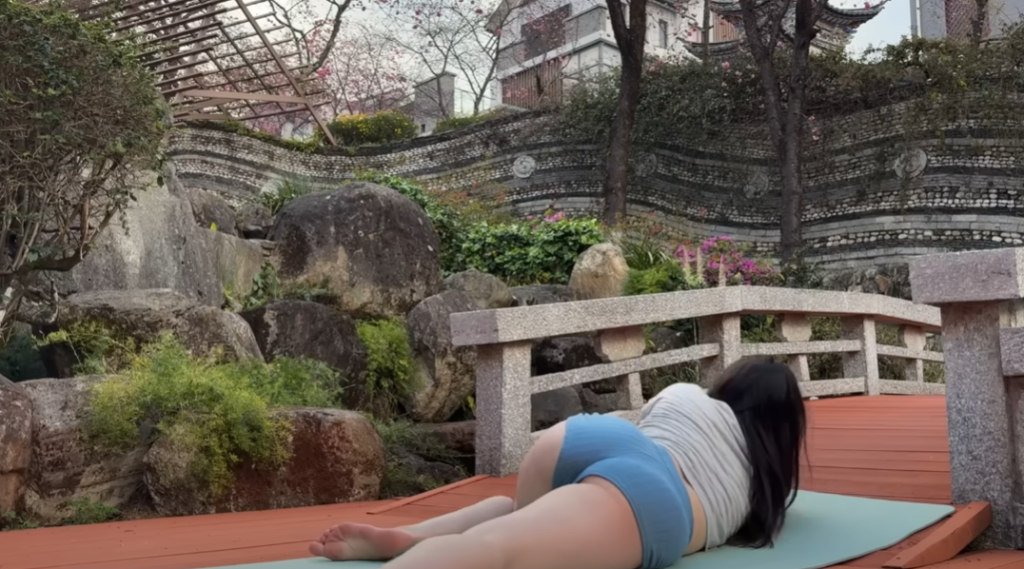
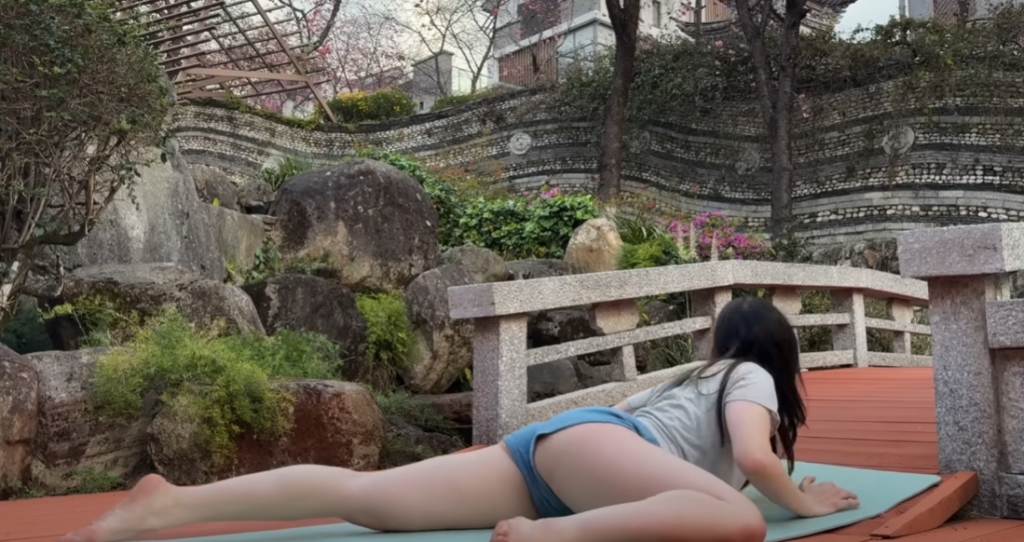

Flow into One-Legged Chin Stand (Eka Pada Sarvangasana)
The One-Legged Chin Stand is an advanced pose that requires balance, flexibility, and strength. It is an inversion, which means the head is below the heart, and the body must be aligned properly to ensure stability and safety.
Begin in a seated position on the mat, placing your hands on the floor beside your hips. Slowly move into a table-top position, with your shoulders directly over your wrists and your hips over your knees. Spread your fingers wide to create a stable foundation for your hands.
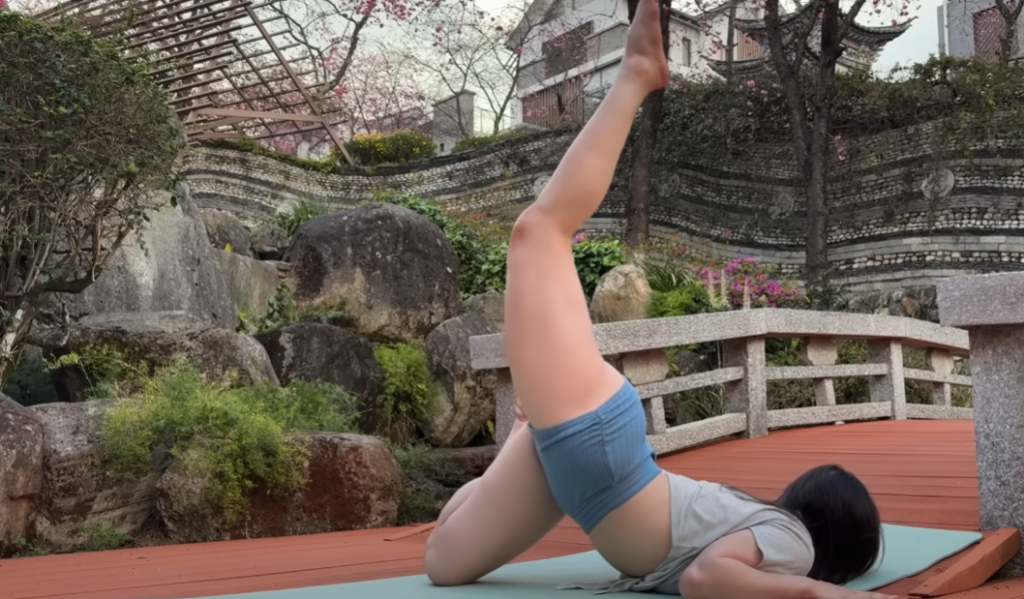
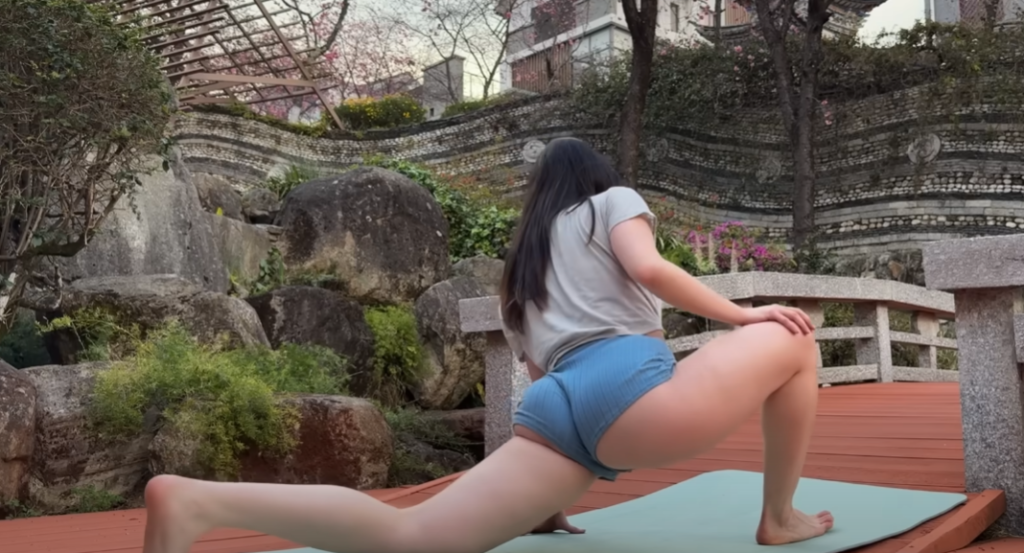
From here, shift your weight onto your hands and start to lift one leg off the floor, bending the knee so your foot is close to your chest. Extend the other leg behind you, keeping the foot flexed. Slowly bring your chin to the floor, allowing the top of your head to hover slightly above the ground.
As you balance on one leg, engage your core to keep the body aligned. Try to lift your extended leg higher toward the ceiling while maintaining balance. Hold this pose for a few breaths, focusing on stability and strength. The One-Legged Chin Stand is not only a physical challenge, but it also requires mental focus, as you must remain centered and calm despite the difficulty of the pose.
Once you have held the position for a few breaths, slowly release and return to the table-top position. Take a moment to rest and feel the effects of the pose in your body.
Transition into Crooked Monkey Pose (Vamadevasana)
Next, we will move into the Crooked Monkey Pose, also known as Vamadevasana, a powerful pose that involves deep stretching and balance. This pose combines elements of a backbend and a twist, opening up the chest and spine while challenging your balance and flexibility.
Begin by coming into a kneeling position, with your knees aligned under your hips and your hands resting on your thighs. From here, reach your left arm overhead, bending the elbow so that your hand reaches toward your upper back. With your right hand, reach behind you and grasp your left elbow. This is the foundation for the Crooked Monkey Pose.
As you continue to stretch the arms, draw your chest open, lifting your heart toward the ceiling. Begin to twist gently from the waist, bringing your gaze over your right shoulder as you deepen the stretch. If your flexibility allows, you can gradually extend the torso and reach your right hand to your left knee or ankle, enhancing the depth of the twist.
Breathe deeply into the stretch, feeling the opening through the chest, shoulders, and spine. Stay for a few breaths, maintaining a steady, mindful connection to your breath. This pose helps to release tension in the back and shoulders, while also opening the hip flexors and improving spinal mobility.
After holding the Crooked Monkey Pose for several breaths, slowly release the twist and return to a neutral position. Repeat the pose on the other side, switching the arms and twisting the body in the opposite direction.
Incorporating Meditation Music into the Flow
Meditation music is a powerful tool for deepening the yoga practice and enhancing mindfulness. As you move through these challenging poses, playing soft, instrumental meditation music can help to create a calm, centered atmosphere. The steady rhythms and soothing sounds guide your breath and focus, allowing you to stay present and connected to the flow of the practice.
Choose music that is instrumental and calming, such as sounds of nature, Tibetan singing bowls, or gentle ambient tunes. The music should not distract you, but rather support your concentration and encourage a relaxed state of mind. By syncing your breath with the music, you can enhance the experience of flow and meditation during the yoga practice.
Closing the Practice: Savasana and Reflection
After completing the One-Legged Chin Stand and Crooked Monkey Pose, it’s important to close the practice with Savasana, the final resting pose. This allows your body to absorb the benefits of the flow and relax into the stillness.
Lie down on your back with your legs extended and arms by your sides, palms facing upward. Close your eyes and take several deep breaths, letting go of any remaining tension. Focus on the sensations in your body, noticing how it feels after engaging in these challenging poses. Allow the meditation music to guide you into a state of deep relaxation.
As you rest in Savasana, reflect on your practice. How did the flow of poses feel in your body? What emotions or thoughts came up during the session? Allow yourself to sit in stillness and appreciate the effort you put into your practice.
Conclusion
Incorporating advanced poses like the One-Legged Chin Stand and Crooked Monkey Pose into a yoga flow is a wonderful way to challenge your body and mind. These poses require strength, flexibility, and balance, while also encouraging mindfulness and concentration. With patience and practice, you will deepen your connection to your body and enhance your yoga journey. Adding meditation music further enhances the experience, fostering a sense of calm and focus that allows you to stay present in each moment.
Whether you are a seasoned practitioner or new to advanced poses, this flow provides a beautiful opportunity to explore your body’s potential, build resilience, and cultivate inner peace.

